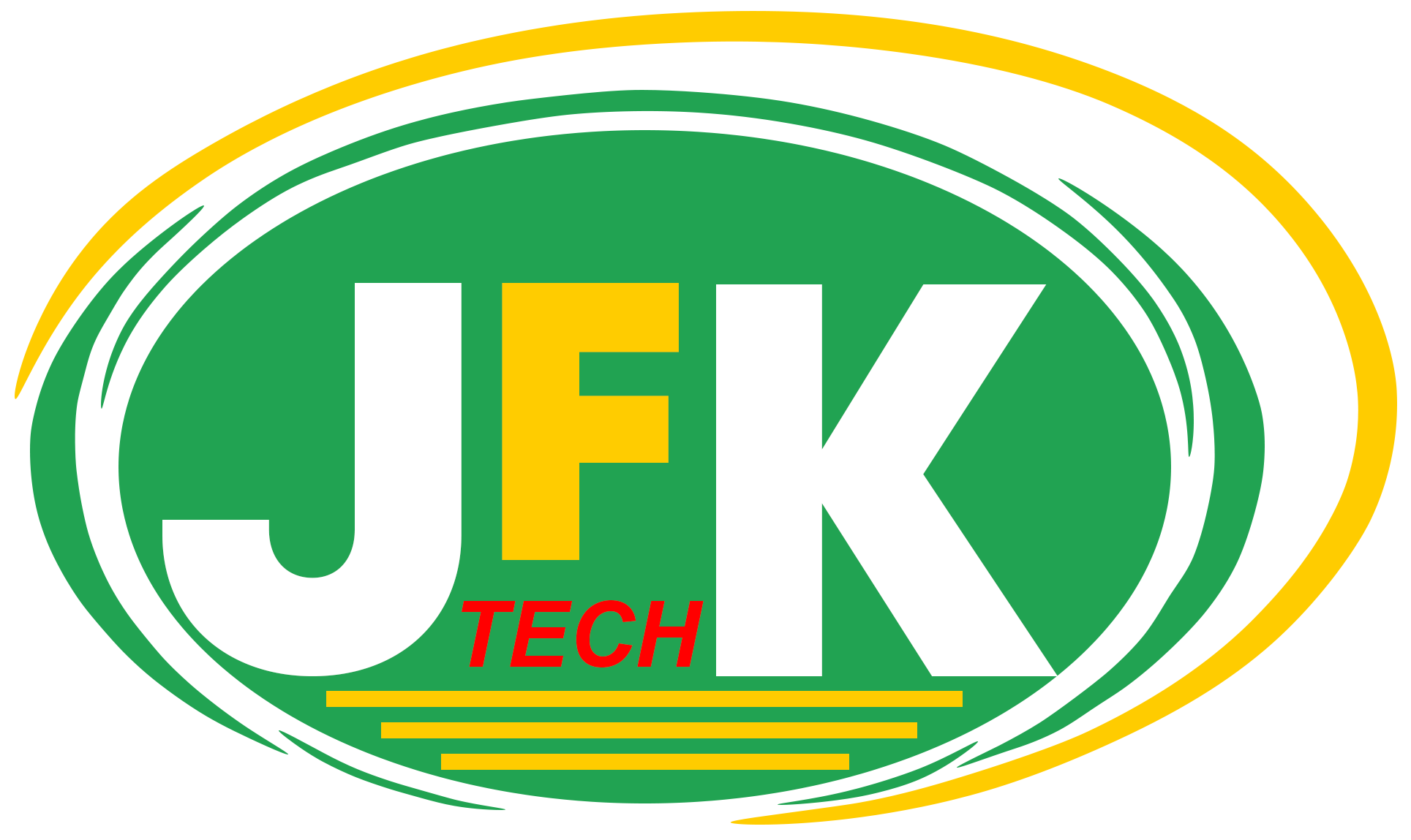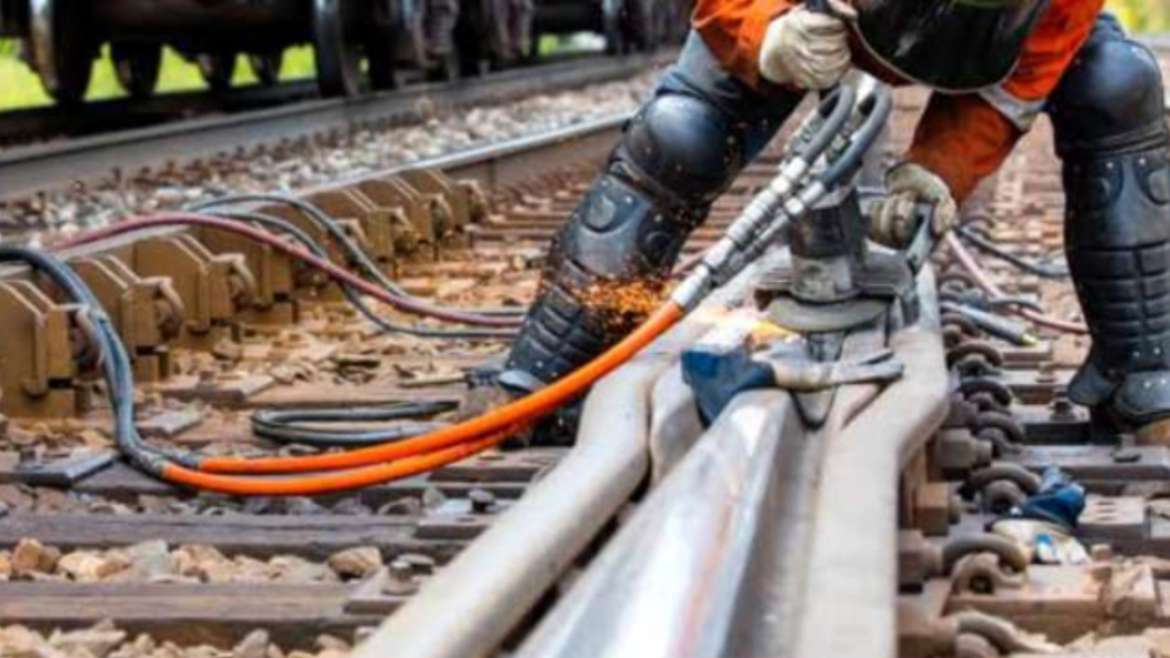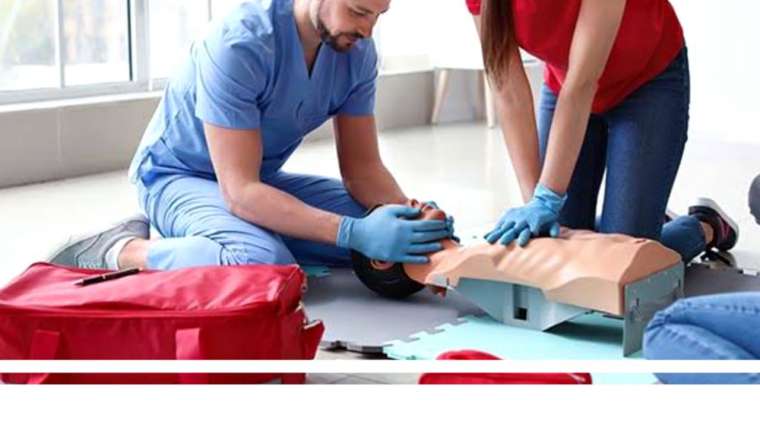Introduction
Working on or near live railway tracks is one of the most safety-critical jobs in the UK. Track induction training UK is essential for anyone entering the railway environment, ensuring workers understand hazards, safety systems, and correct procedures before starting work. A single lapse in judgment can result in severe injury or even death, which is why proper training is not optional but a mandatory requirement.
This training is vital for contractors, engineers, and maintenance staff, providing the knowledge and practical skills needed to operate safely and comply with legal and Network Rail standards.
What Is Track Induction Training?
Track induction training is a structured learning program that provides essential knowledge and practical awareness for anyone working on or near the railway. It forms the foundation of railway safety competency.
A standard induction course typically covers:
- Rail safety rules and PPE requirements
- Understanding track layouts and safe walking routes
- Identifying and managing on-site hazards, including live rails and overhead lines
- Signalling basics and communication protocols
- Emergency evacuation and response procedures
- Incident and near-miss reporting systems
This training ensures that every worker can identify hazards, apply safety protocols correctly, and respond appropriately in an emergency.
Legal and Regulatory Framework
Health and Safety at Work Act 1974
Employers are legally required to protect the health, safety, and welfare of their employees and anyone affected by their work. Delivering proper track induction training is a core part of meeting these obligations.
Failure to provide such training can be treated as a breach of statutory duty, leading to prosecution, fines, or enforcement action by the Health and Safety Executive (HSE).
ROGS (Railways and Other Guided Transport Systems) 2006
The ROGS Regulations require railway operators and contractors to have a Safety Management System (SMS) in place. This includes maintaining records of training, competency, and qualifications for everyone working on or near the track.
Documented proof of track induction training is a legal necessity for compliance under these regulations.
Network Rail Standards
Network Rail enforces strict access controls across its infrastructure. Every person who enters a rail site must have completed approved induction and competence training.
Contractors are expected to maintain valid training records and certifications. Non-compliance can result in access suspension, contract termination, or investigation following an incident.
Safety Reasons Behind Track Induction
Safety remains the central purpose of the entire induction process. The benefits are direct, measurable, and lifesaving.
1. Preventing Serious Accidents
Railway work involves constant risks, including high-speed trains, heavy machinery, live electrical systems, and complex signalling networks. Induction training teaches workers how to stay within designated safe zones and respond to warning systems correctly.
2. Reducing Human Error
Statistics show that human error contributes to most railway incidents. A well-designed induction program sharpens awareness, reinforces procedures, and cultivates a safety-first attitude across the workforce.
3. Consistent Site Communication
A standardised induction ensures that everyone on-site uses the same safety language and hand signals. This consistency prevents confusion and miscommunication, which are two of the biggest contributors to workplace accidents.
4. Emergency Preparedness
When emergencies occur, there is no time for hesitation. Induction training ensures that workers know exactly where to go, who to report to, and how to act, minimising harm and disruption.
The Role of COSS and the Importance of Induction
The Controller of Site Safety (COSS) is responsible for implementing and overseeing safe systems of work. They ensure that all activities within the worksite remain compliant with railway safety rules.
Track induction supports the COSS role by ensuring that every worker:
- Recognises and respects COSS authority
- Understands site-specific safety instructions
- Follows safe work boundaries and communication protocols
Without proper induction, a COSS cannot effectively maintain control or ensure compliance, which increases the likelihood of serious incidents.
Orientation for New Workers
Before a new worker is allowed on-site, they must complete a full orientation process that includes the track induction.
Typical induction stages include:
- Pre-induction checks, verifying ID, medical fitness, and prior certifications.
- Formal training sessions, delivered in classroom or online formats to cover safety systems and protocols.
- On-site familiarisation, touring access points, safe zones, and specific site hazards.
- Supervised work, allowing new workers to gain hands-on experience under direct supervision.
- Regular refreshers, to keep knowledge up to date and reinforce key safety behaviours.
This structured approach builds confidence and embeds a strong safety culture from day one.
Network Rail Compliance
To meet Network Rail’s compliance requirements, contractors must be able to demonstrate:
- Completion of approved track induction training in the UK
- Current and valid training records
- Adherence to safe systems of work and exclusion zones
- Verified competence under the Sentinel scheme
Failure to provide documentation or up-to-date certification can lead to site access restrictions, project delays, or financial penalties.
Building an Effective Track Induction Programme
A high-quality induction programme should be comprehensive, practical, and relevant to the specific work environment. Contractors and training providers should aim to:
- Use accredited training organisations approved by Network Rail
- Include real-world simulations and scenario-based learning
- Maintain digital training records for audit readiness
- Conduct competence assessments after completion
- Schedule refresher sessions annually or after prolonged absences
- Tailor training modules to specific roles, such as machine operators, lookouts, or COSS
A robust induction process not only protects workers but also enhances operational reliability and compliance.
The Consequences of Inadequate Training
Failure to provide proper induction can result in devastating consequences, including:
- Fatal or serious injuries on-site
- Prosecution under Health and Safety legislation
- Contract suspension or removal from approved supplier lists
- Costly delays and reputational damage
Inadequate training endangers lives, disrupts operations, and undermines confidence in a company’s ability to manage safety effectively.
Conclusion
Track induction training is not only a regulatory requirement, but also the foundation of railway safety culture in the UK. It ensures that every worker understands the hazards, safety protocols, and emergency procedures essential to protecting both themselves and their colleagues.
For contractors and employers, investing in comprehensive track induction training leads to fewer incidents, stronger compliance, and enhanced trust from clients and regulators.
At JFK Tech, we deliver certified railway safety and track induction training that meets Network Rail and UK legal standards. Our expert trainers help ensure your workforce is competent, confident, and compliant.
Contact JFK Tech today to schedule your team’s induction and build a safer, more professional railway workforce.
FAQ
Who needs to complete track induction training?
Anyone working on or near live railway tracks, including contractors, engineers, and maintenance personnel, must complete the required induction before site access.
How often should induction be renewed?
Typically, every 12 months, or sooner if regulations, job roles, or site conditions change.
Is track induction different from general railway safety induction?
Yes. Track induction focuses specifically on track-level safety, while general railway safety induction covers broader topics such as electrical safety, site conduct, and emergency management.
Is COSS training the same as track induction?
No. Track induction is a prerequisite for all rail workers, while COSS training is an advanced qualification for those responsible for site safety management.
What happens if a worker skips induction?
They will not be permitted access to the site, and the contractor could face penalties or investigation from Network Rail or the Office of Rail and Road (ORR).



